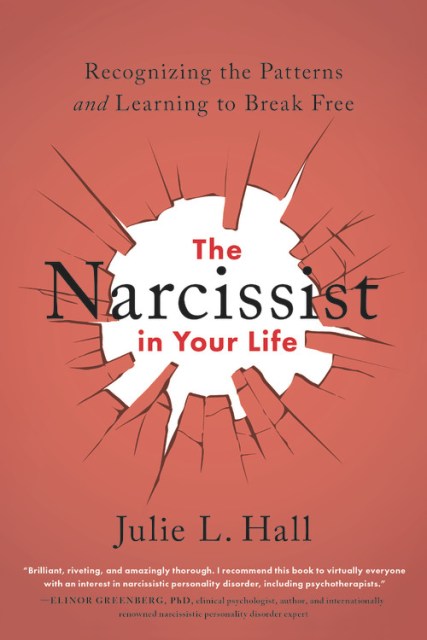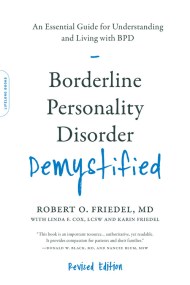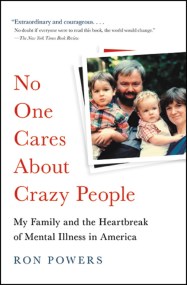Promotion
Use code MOM24 for 20% off site wide + free shipping over $45
The Narcissist in Your Life
Recognizing the Patterns and Learning to Break Free
Contributors
Formats and Prices
Price
$18.99Price
$23.99 CADFormat
Format:
- Trade Paperback $18.99 $23.99 CAD
- ebook $11.99 $14.99 CAD
- Audiobook Download (Unabridged)
This item is a preorder. Your payment method will be charged immediately, and the product is expected to ship on or around December 3, 2019. This date is subject to change due to shipping delays beyond our control.
Also available from:
A highly illuminating examination of narcissistic personality disorder (NPD) and its insidiously traumatic impact on family members and partners. Packed with insight, compassion, and practical strategies for recovery, this is a must-read for survivors and clinicians alike.
Narcissistic personality disorder (NPD) has a profoundly dehumanizing effect on those subject to its distortions, manipulations, and rage. The Narcissist in Your Life illuminates the emotionally annihilating experience of narcissistic abuse in families and relationships, acknowledges the complex emotional and physical trauma that results, and assists survivors with compassionate, practical advice on the path of recovery.
Whether you are just learning about NPD, managing a narcissistic parent or other family member, leaving a narcissistic relationship, or struggling with complex PTSD, you will find life-changing answers to these common questions:
Narcissistic personality disorder (NPD) has a profoundly dehumanizing effect on those subject to its distortions, manipulations, and rage. The Narcissist in Your Life illuminates the emotionally annihilating experience of narcissistic abuse in families and relationships, acknowledges the complex emotional and physical trauma that results, and assists survivors with compassionate, practical advice on the path of recovery.
Whether you are just learning about NPD, managing a narcissistic parent or other family member, leaving a narcissistic relationship, or struggling with complex PTSD, you will find life-changing answers to these common questions:
- What are the different forms of NPD?
- Is my partner a narcissist?
- Why do I keep attracting narcissistic personalities?
- How can I help my kids?
- What happens in a narcissistic family?
- Why did my other parent go along with the abuse?
- Why am I alienated from my siblings?
- Why is it so hard to believe in myself and my future?
- What is complex PTSD and do I have it?
- What are the health problems associated with narcissistic abuse?
Genre:
-
"[A] resource that provides a desperately needed lifeline with clearly outlined steps for what to do next so you can reclaim your life. A nationally recognized expert on NPD, she writes with a rare combination of lived insight, sound research, keen psychological understanding, and lucid style. I recommend this book wholeheartedly."Sharyn Wolf, psychotherapist and author
-
"Brilliant, riveting, and amazingly thorough. I recommend this book to virtually everyone with an interest in narcissistic personality disorder, including psychotherapists."Elinor Greenberg,Ph.D., clinical psychologist, author, and internationally renowned narcissisticpersonality disorder expert
-
"[P]rovides insight and effective strategiesfor anyone working to deal with the negative effects of a close relationship with a narcissist. This book will resonate with adult children and partners struggling with the pain and confusion of life in a war zone that is often invisible to outsiders. It is an important addition to the understanding of narcissistic personality disorder, and destined to help many people."SusanForward, PhD, author of Emotional Blackmail and Mothers Who Can'tLove
-
"Written from the heart, Julie Hall's book is a treasure trove of knowledge and healing. Every page is filled with warmth and compassion, teaching the reader how to find solutions within."Jackson MacKenzie, author of Whole Again and Psychopath Free
-
"Living with a narcissist, writes Hall, violates our fundamental rights of dignity, integrity, and personal freedoms, made worse because the narcissist is usually someone close to the abused. All libraries, in particular university collections supporting mental health and psychiatry curriculum, will find this a worthy addition."Library Journal, starred review
-
"There is a wealth of information here. The lists and examples of narcissistic behaviors and their impact on family members, outlines of family rules and roles, and personal interviews are especially helpful in bringing a deeper understanding of the depth and breadth of narcissistic exploitation and manipulation. And the strategies for family members are practical and compassionate. Hall's The Narcissist in Your Life will give you hope and insight into how to help yourself and your kids heal."from the foreword by Margalis Fjelstad, PhD, LMFT, author of Stop Caretaking the Borderline or Narcissist
- On Sale
- Dec 3, 2019
- Page Count
- 320 pages
- Publisher
- Da Capo Lifelong Books
- ISBN-13
- 9780738285771
Newsletter Signup
By clicking ‘Sign Up,’ I acknowledge that I have read and agree to Hachette Book Group’s Privacy Policy and Terms of Use







